Blog 07/16/2024 - MHT’s Top 10 Iconic Photographs
MHT’s Top 10 Iconic Photographs in History.
1) Flag Raising on Iwo Jima by Joe Rosenthal Associated Press Combat Correspondent (1945)

The raising of the Old Glory atop Mount Suribachi on the Pacific Island of Iwo Jima 79 years ago is the most iconic image of World War II & in our opinion ever. No other picture so succinctly & compellingly captures the triumph of Allied forces over Imperial Japan, while also highlighting the critical role that US troops played in the Pacific. The picture has also become one of the enduring symbols of the US Marine Corps as Secretary of the Navy James Forrestal said "The raising of that flag on Suribachi means a Marine Corps for the next 500 years."
The photographer behind this shot is Joe Rosenthal, who would win the Pulitzer Prize. The image features the moment that six U.S. Marines hoist a pipe with the American flag attached on Mount Suribachi during the invasion of Iwo Jima. It was snapped on Friday, 23 February, 1945, five days after the Marines had landed across the black sand beaches. The Associated Press, sent his photo to their member newspapers less than a day later appearing on the front page of many Sunday papers.
This photograph was used for the 7th War Loan Bond Drive Poster, playing a crucial role in raising a staggering $26 billion in 1945. On July 11, even as the Pacific war was still being waged, it was featured on a U.S. postage stamp. Nine years later, it served as the inspiration for the stirring Marine Corps War Memorial across the Potomac River joining the iconic monuments of Washington, DC. The Pulitzer Prize Board broke with tradition for Rosenthal's iconic photograph, and just a little over two months after he snapped it, they honored him with the 1945 Photography Prize. It is seen in numerous media outlets, movies & television: here in the TV Show “NCIS” framed over Agent Gibb’s fireplace.
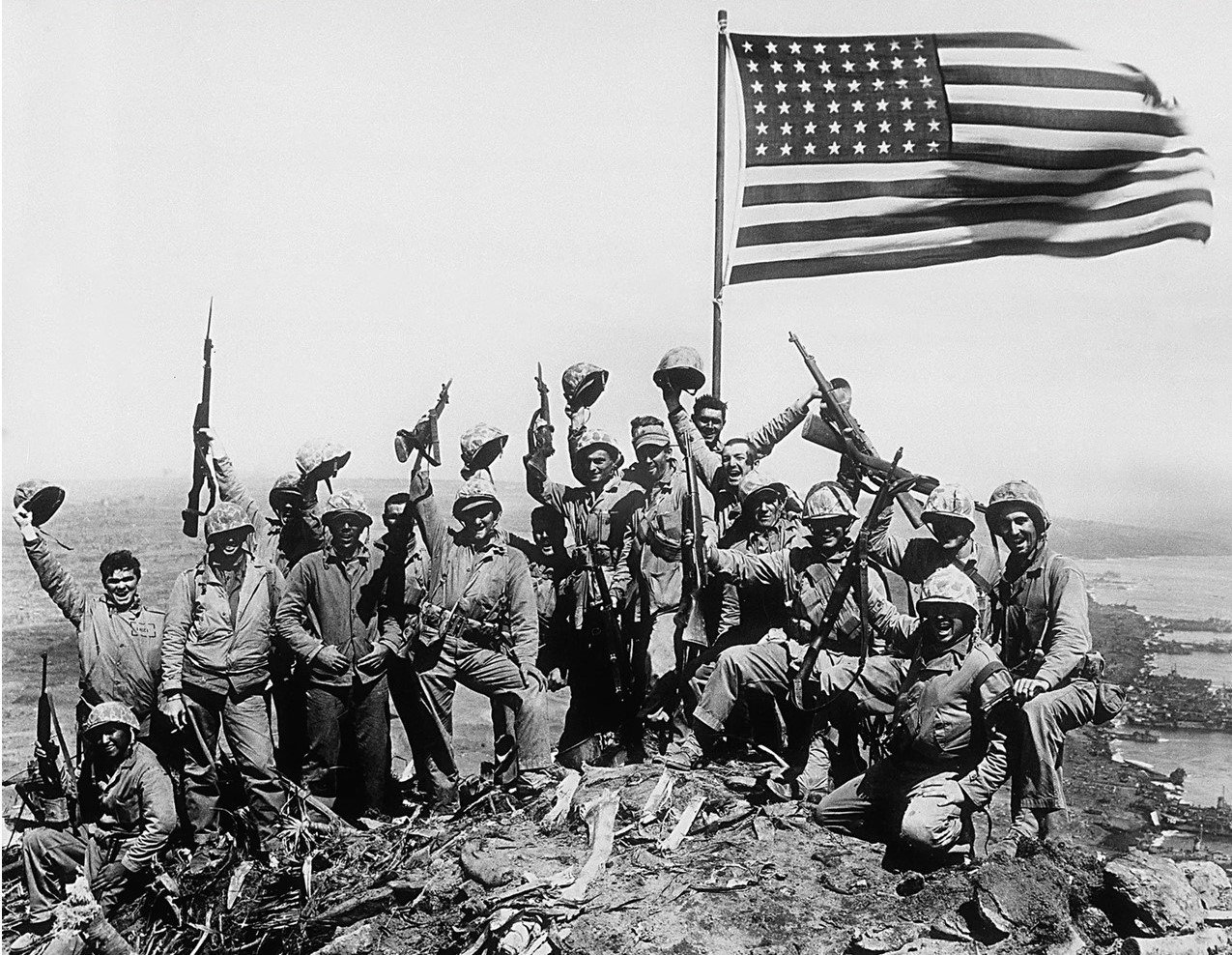
Although it was technically the second flag raised on 23 February 1945 as the first flag planted was replaced, as it was too small to be seen from afar. Rosenthal, in an attempt to position himself properly for the shot, almost missed the larger flag raising. In a desperate attempt to capture the scene, Rosenthal shot the image without the use of his viewfinder. However, the high quality of the framing led jealous colleagues to accuse Rosenthal of staging the picture as he did of the later “Gung Ho” shot. This controversy remained for years but fortunately, a combat correspondent with a movie camera showed that the events transpired naturally & exactly as Rosenthal had claimed. While clearly evoking a feeling of American victory, the battle was savage as the Marines & Navy corpsman were on the surface & the Imperial Japanese Army & Navy were dug in below the volcanic ground. The battle went on for five more weeks & 280 Americans are still MIA including Sergeant Genaust (the film cameraman on Suribachi) on the island along with some 10,000 Japanese killed in action. Both the cost & the accomplishment of the campaign is forever immortalized in Rosenthal's photograph.
Now Click Here to walk the Black Sands in 2025
2) V-J Day in Times Square by Alfred Eisenstaedt (1945)
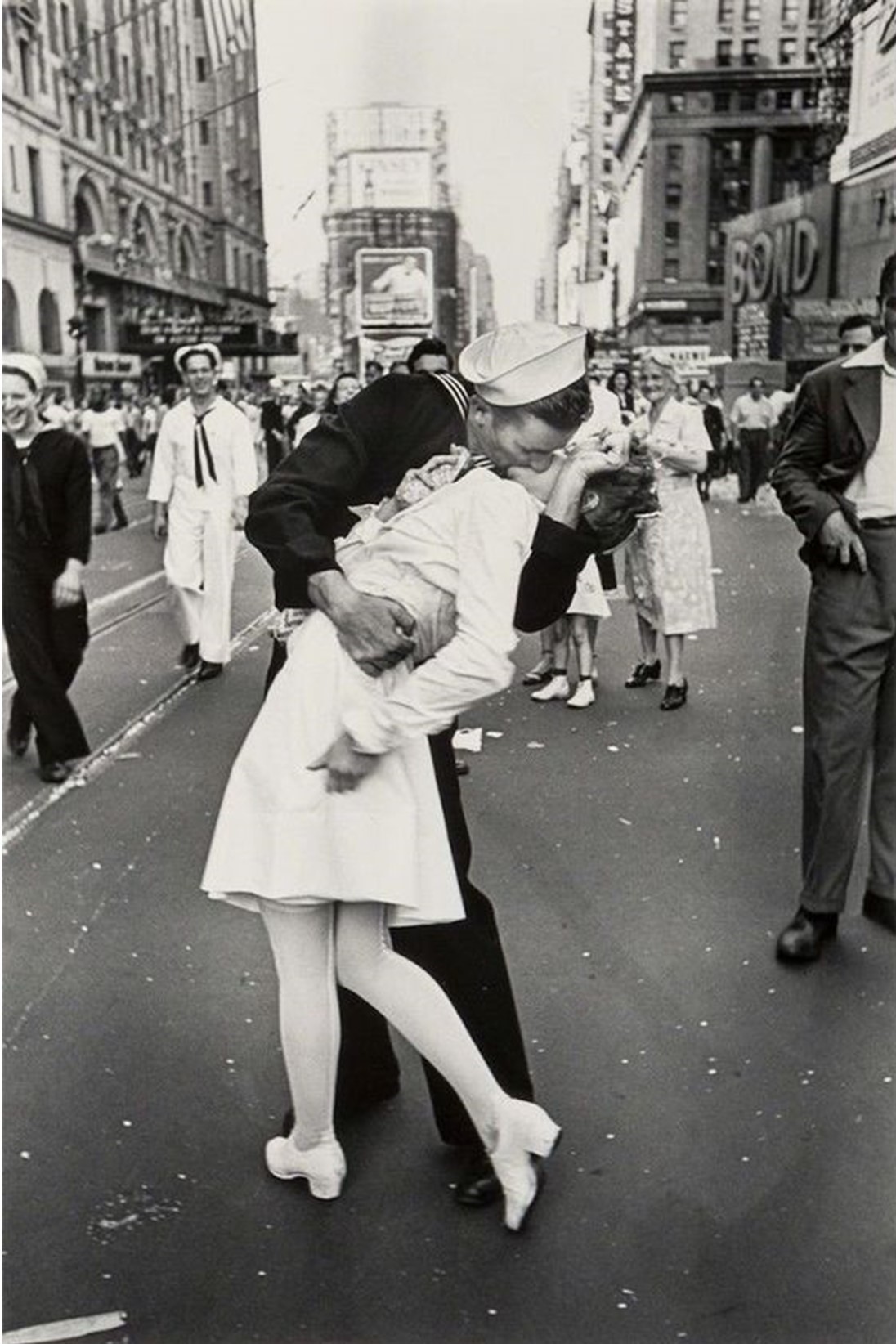
Upon the Japanese surrender ending World War II, Eisenstaedt took to the streets of New York City to immortalize celebrations marking the end of the war. This is one of the most famous photos of the 20th century, depicting a U.S. Navy sailor kissing an unknown woman on Victory over Japan Day (V-J Day) in Times Square. Eisenstaedt's remembered, “In Times Square on V.J. Day I saw a sailor running along the street grabbing any and every girl in sight, then suddenly, in a flash, I saw something white being grabbed. I turned around and clicked the moment the sailor kissed the nurse. If she had been dressed in a dark dress, I would never have taken the picture. If the sailor had worn a white uniform, the same. I took exactly four pictures. It was done within a few seconds.” This famous picture has become a part of mainstream culture, showing up in TV shows & movies.

To mark the 60th anniversary in 2005, John Seward Johnson II showed a life-sized bronze sculpture named "Unconditional Surrender" during a re-enactment in Times Square & produced life-size & 25-foot-tall versions displayed in Key West, FL, Omaha, NB, Sarasota, FL, Pearl Harbor, HI, Hamilton, NJ, Normandy, France, and Civitavecchia, Italy & a traveling one from New York City to cities like Detroit, MI. Some woke idiots will never know how having 405,399 Americans killed & 670,846 were wounded in defeating the Axis Powers effected the country & the utter joy of war ending. Some clueless critics in the #MeToo movement see it as sexual assault but say nothing when women are beaten, raped & killed by illegal aliens & criminals or men pretending to be women beat females in their sports.
3) Moon Landing by Flight Commander Neil Armstrong (NASA) (1969)
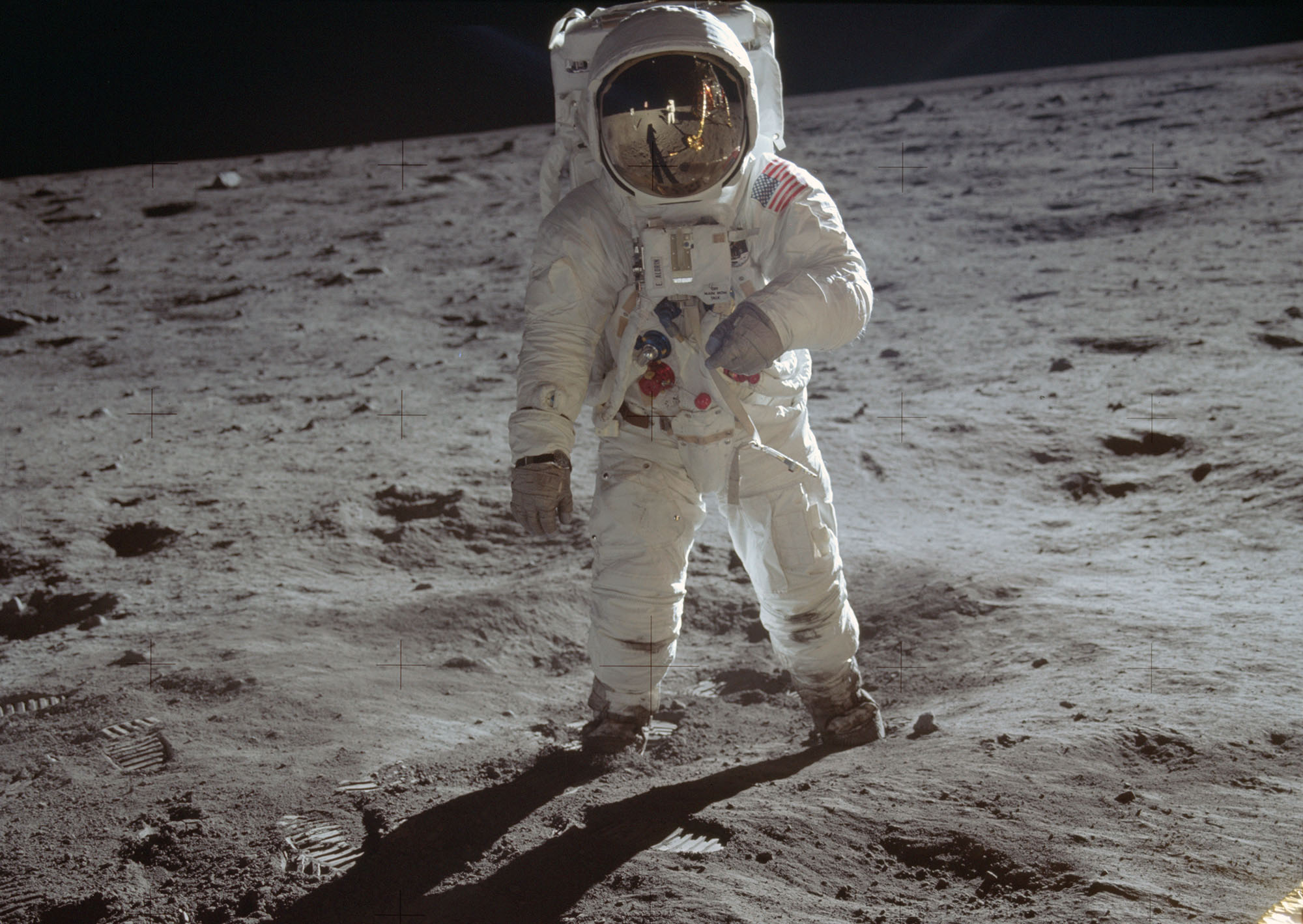
A portrait of astronaut Buzz Aldrin (Lunar Modile Pilot), taken by Apollo 11 Commander, Neil Armstrong, standing on the lunar surface on July 20, 1969. Aldrin has his left arm raised & is likely reading the mission checklist sewn on the wrist cover of his glove. Although Armstrong has the iconic quote as the first man to step on the moon, the picture of Aldrin encapsules the wonder of American technological know-how to accomplish President Kennedy’s national goal.
4) The Hindenburg Disaster by Sam Shere News Photo Group (1937)
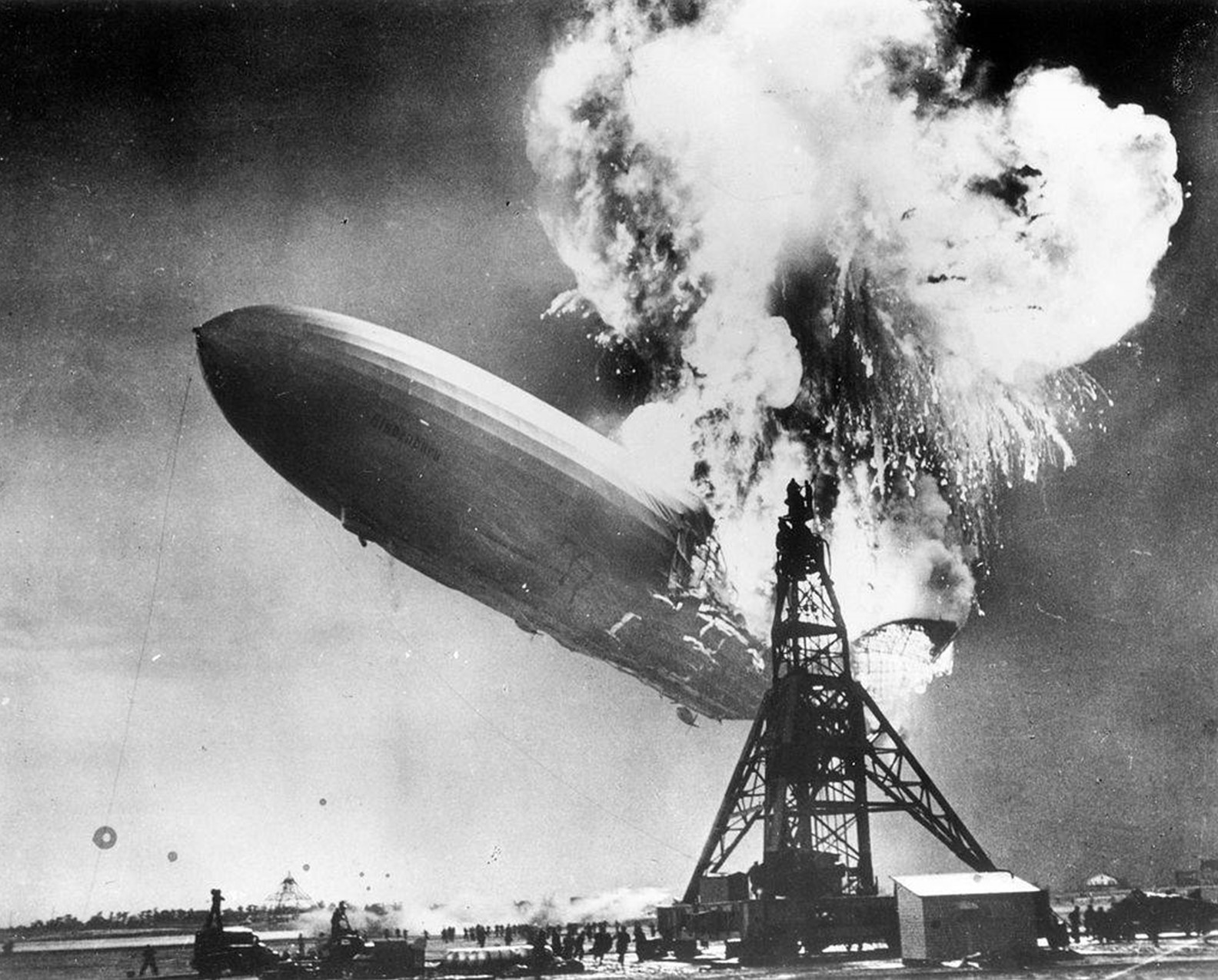
Sam Shere, a photojournalist, is renowned for his photo capturing the Hindenburg airship's explosion during its return from its revolutionary transatlantic flight. With only two frames left in his camera, as tragedy struck the largest German commercial passenger-carrying rigid Zeppelin Lz-129 at Lakehurst NJ as the Hindenburg unexpectedly burst into flames during docking.
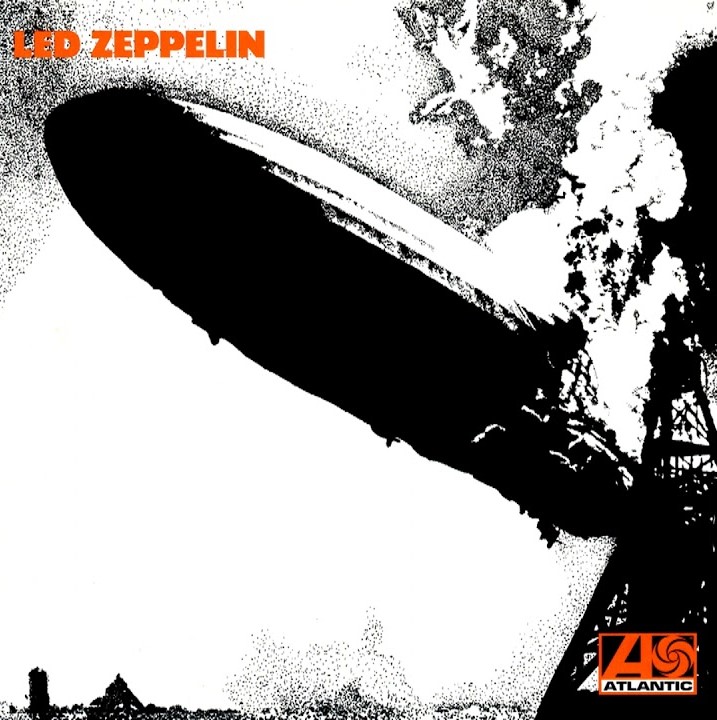
On the following day, he handed over his photograph to the International News Photo Group. This prototypical disaster picture was published in numerous newspapers worldwide, including the front page of the New York Times. It has been famed in books, T-shirts, posters, films & even album covers.
5) Tank Man by Jeff Widener Associated Press (1989)
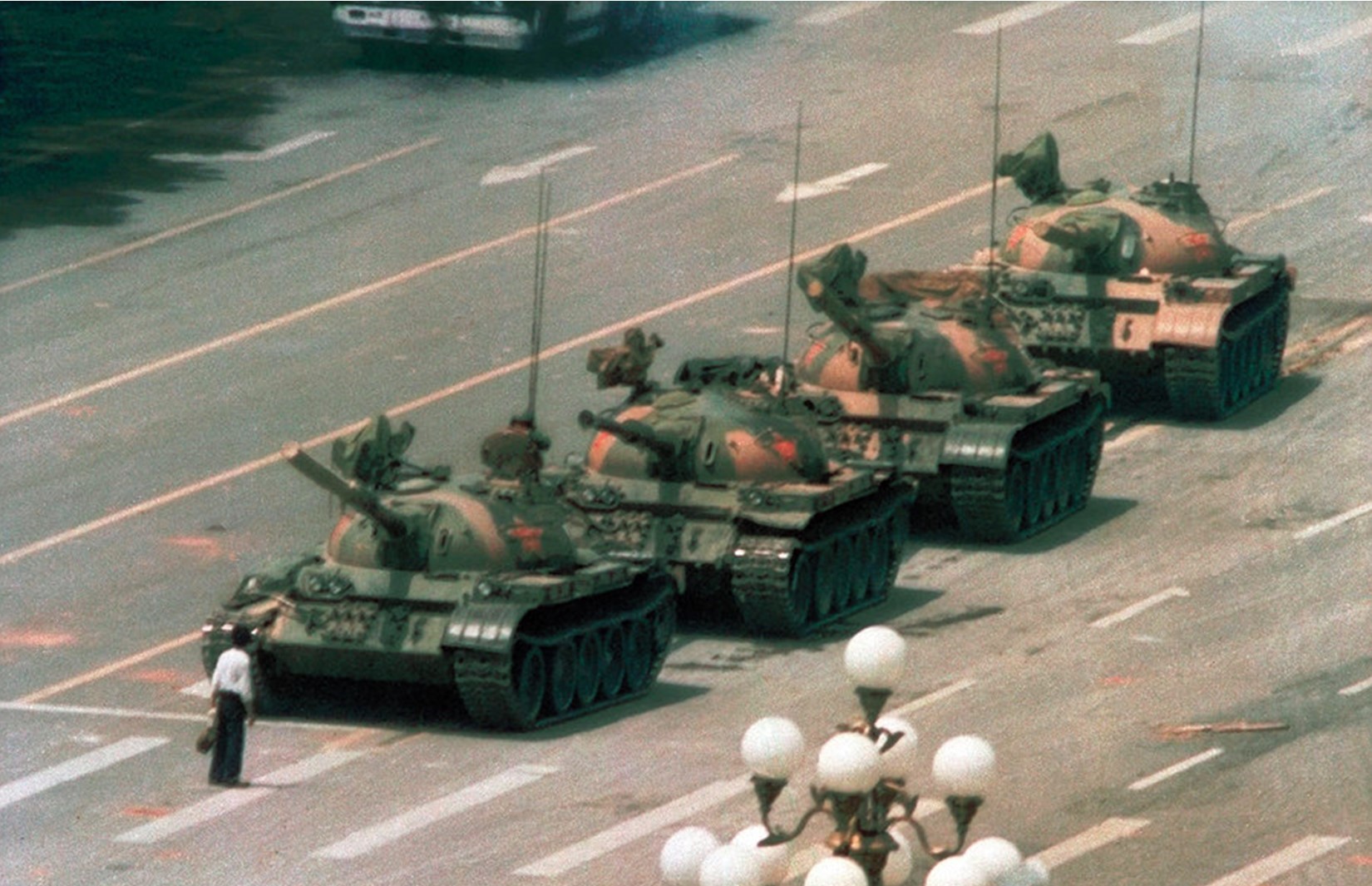
This photo amazing was taken on the June 5th, 1989 from the balcony of the Beijing Hotel. One day earlier the shocking Tiananmen Square massacre of pro-democracy demonstrators by the Chinese Communist Party, had resulted in a death toll of students, soldiers & bystanders varying from several hundred to several thousand, with thousands more wounded. He had managed to get into a college students hotel room taking several images of injured people & burned-out buses, when a column of four Type 59 (Chinese version of the Soviet T-54A tank) main battle tanks started moving out of the square.
The moment Widener focused his lens on the tanks he saw a man in a white shirt carrying bags stepped in front of the war machines. The man’s persistent blocking of the tanks’ path foreshadowed to observers that there would be one more tragic death. Fortunately, or unfortunately, the man was whisked away to an unknown fate. Five photographers captured the moment that would become an iconic symbol of resistance to the world’s authoritarian regimes around the world. Widener’s shot was the most used, appearing on the front pages of newspapers all around the world, & it was nominated for the Pulitzer Prize.
6) Lunch atop a Skyscraper by Unknown (1932)
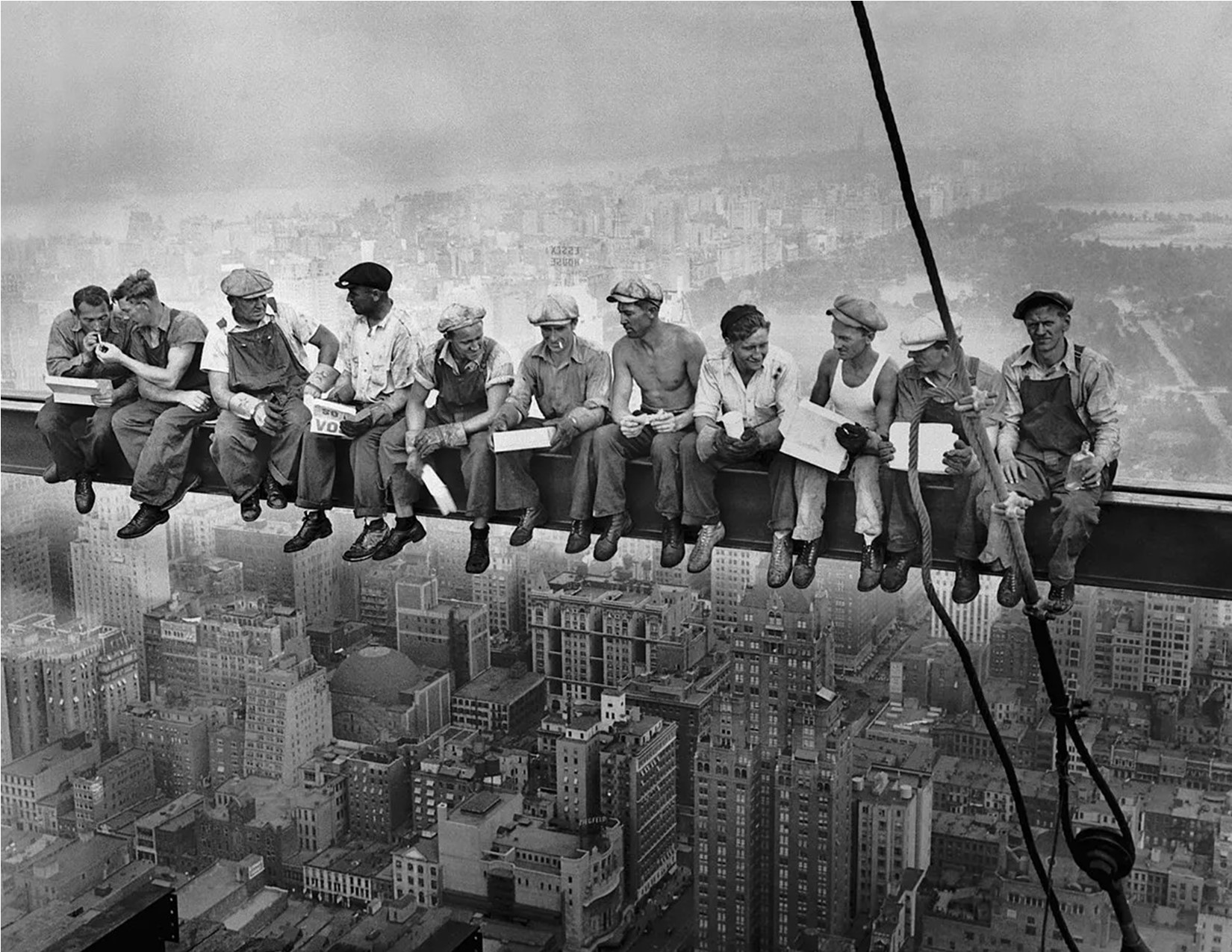
The names of the “roughnecks” captured in this famous photo, as well as the photographer responsible, remain a mystery. This image, showing workers fearlessly enjoying their lunch break high atop a skyscraper that was being built in New York City. It also serves as a stark reminder of the perilous existence that those who were constructing Rockefeller Center endured. These are the men who built the city & must give the bureaucrats at the Occupational Safety and Health Administration nightmares. As in the early 1900s, numerous workers who walked the tragically lost their lives in fatal falls while constructing different skyscrapers. Multiple daredevil poses were directed & shot by news photographers as part of a campaign to promote Rockefeller Center on Sept. 20, 1932. There were three news photographers shooting that day: Charles Ebbets, Thomas Kelley, & William Leftwich.
7) Winston Churchill by Yousuf Karsh (1941)
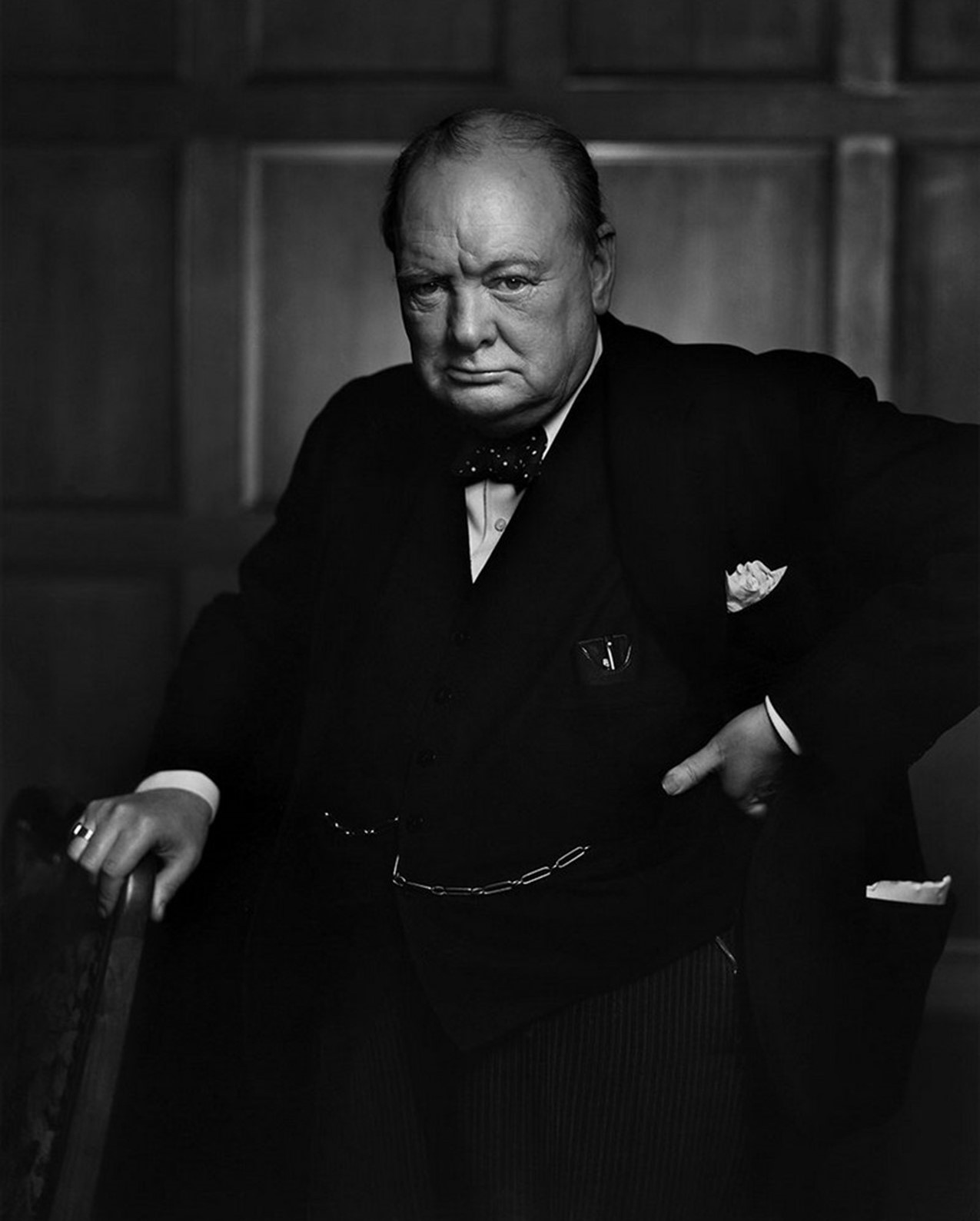
The photo of a frowning Prime Minister Churchill became a cover of LIFE magazine in May 1945. It was printed on millions of posters, postage stamps & five-pound banknotes. Today, it is considered to be the most recognizable historical portrait & one of the most famous photos in history. The photographer, 33-year-old Yousuf Karsh is described as one of the greatest portrait photographers of the 20th century. On 30 December 1941, in the House of Commons Speaker's Chamber in the Canadian Parliament in Ottawa after Churchill delivered a speech on WWII. Churchill is particularly noted for his posture & facial expression, exuding his aura of persistence in the face of an all-conquering enemy. During the short photo session Karsh removed Winston’s trademark cigar & his displeasure can be clearly seen in the portrait.
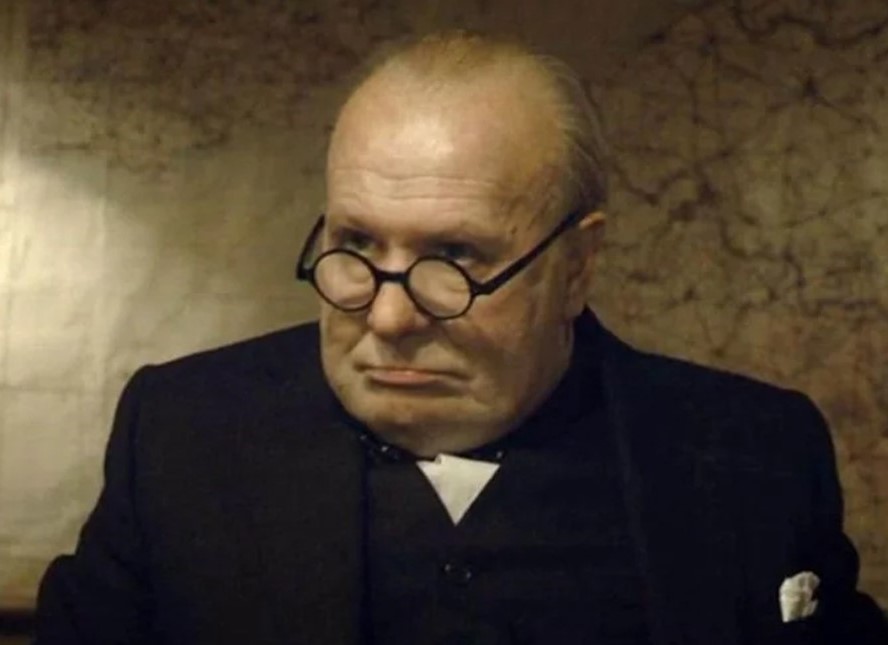
Many great actors have played the Prime Minister but Gary Oldman in the “Darkest Hour” is hard to beat!
8) U.S.A.'s incredible victory over France in 4x100m free relay at the Beijing Olympics (2008)
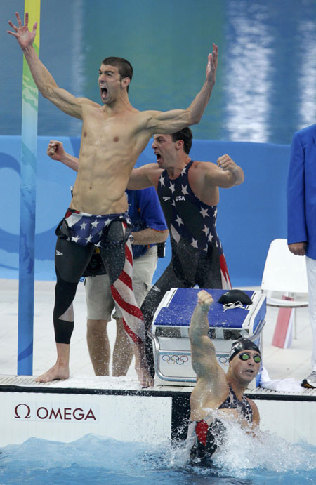
Michael Phelps' quest for eight gold medals to top Mark Spitz’s record of seven at the 2008 Olympics was in doubt at the end of the third leg of the 4 × 100-metre freestyle relay. The Americans had won the relay at seven straight Olympics, but the Australians & South Africans had won gold at the previous two games. The French led by world record holder Alain Bernard had predicted their unquestionable victory, "The Americans? We're going to smash them. That's what we came here for." Few sporting events live up to the hype but this one far exceeded it. Swimming last Jason Lezak (at age 32 the oldest member of the American men’s swim team) was nearly a body length behind Bernard as they made the final turn with 50 meters to go. Lezak pulled up next to the lane rope and set out after the hulking Bernard, like a NASCAR driver drafting down the backstretch at Daytona. Every stroke brought Lezak a little closer his body seemingly riding the Frenchman's massive wake.

The two lunged for the wall together with Phelps historical pursuit about to slip away despite Phelps, Garrett Weber-Gale & Cullen Jones cheering Lezak on. When the result flashed on the board, Lezak had pulled off one of the greatest comebacks in Olympic history hitting the wall a fingertip ahead of Bernard overtaking the Frenchman on the very last stroke. The United States beat France by 0.08 seconds securing Phelps’ second gold & a world record for the team at 3:08.24 that still stands today. Lezak’s remarkable come-from-behind swim in which he blazed to the fastest 100-metre split ever recorded, at 46.06 seconds. Oh, by the way, Phelps’ leadoff leg set an American record, 47.51. But it was Lezak's anchor that everyone will remember. He got down and back in a staggering 46.06, the fastest relay leg in history though it doesn't count as an official record. The French were second in 3:08.32 Australia took the bronze in 3:09.91. In fact, the top five all went below the world record.
9) Marilyn Monroe by Matty Zimmerman Associated Press (1955)
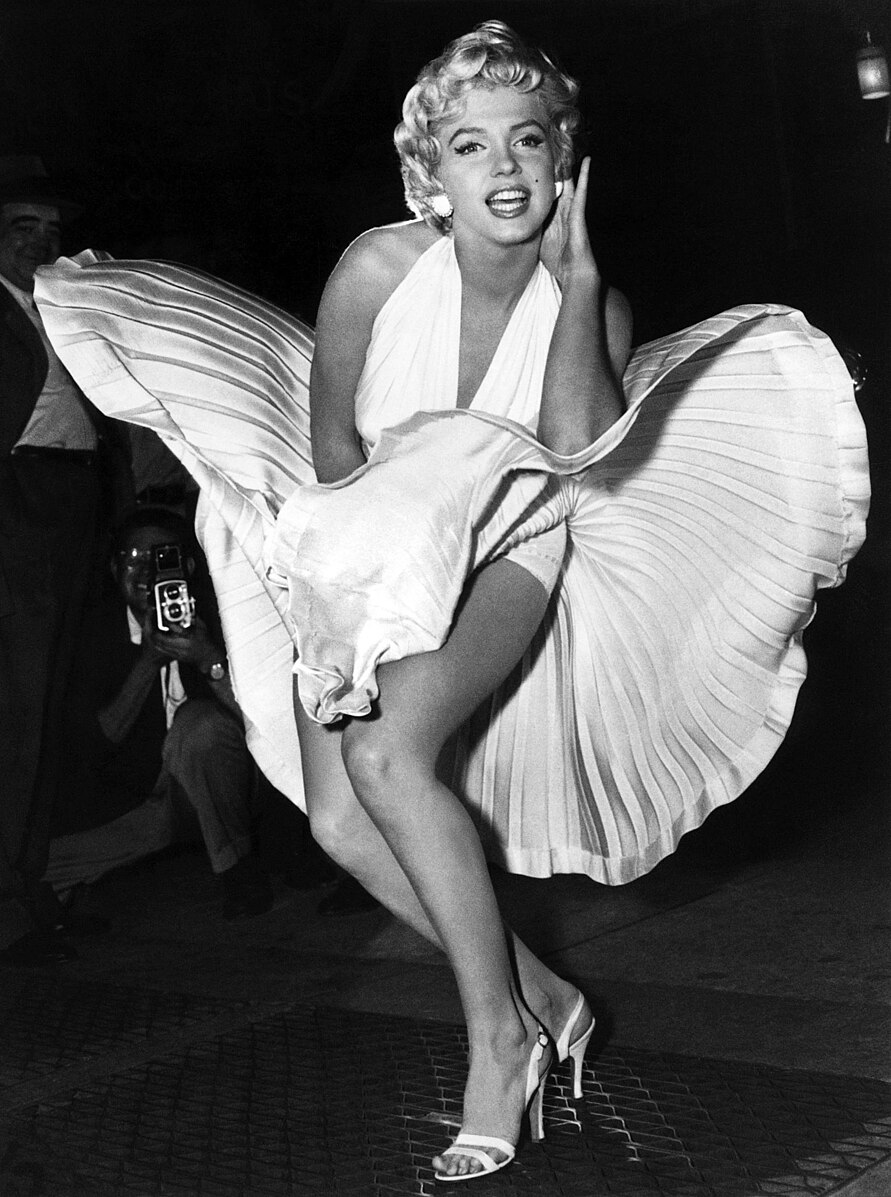
While filming “The Seven Year Itch” on the streets of New York City. During the filming of the famous "subway skirt scene," Marilyn stopped at some point during the shooting to pose for the reporters & photographers who were massed around the film shoot on 9 September 1954 at 52nd Street & Lexington Avenue on NYC's East Side.
10) Abbey Road by Iain Macmillan (1969)
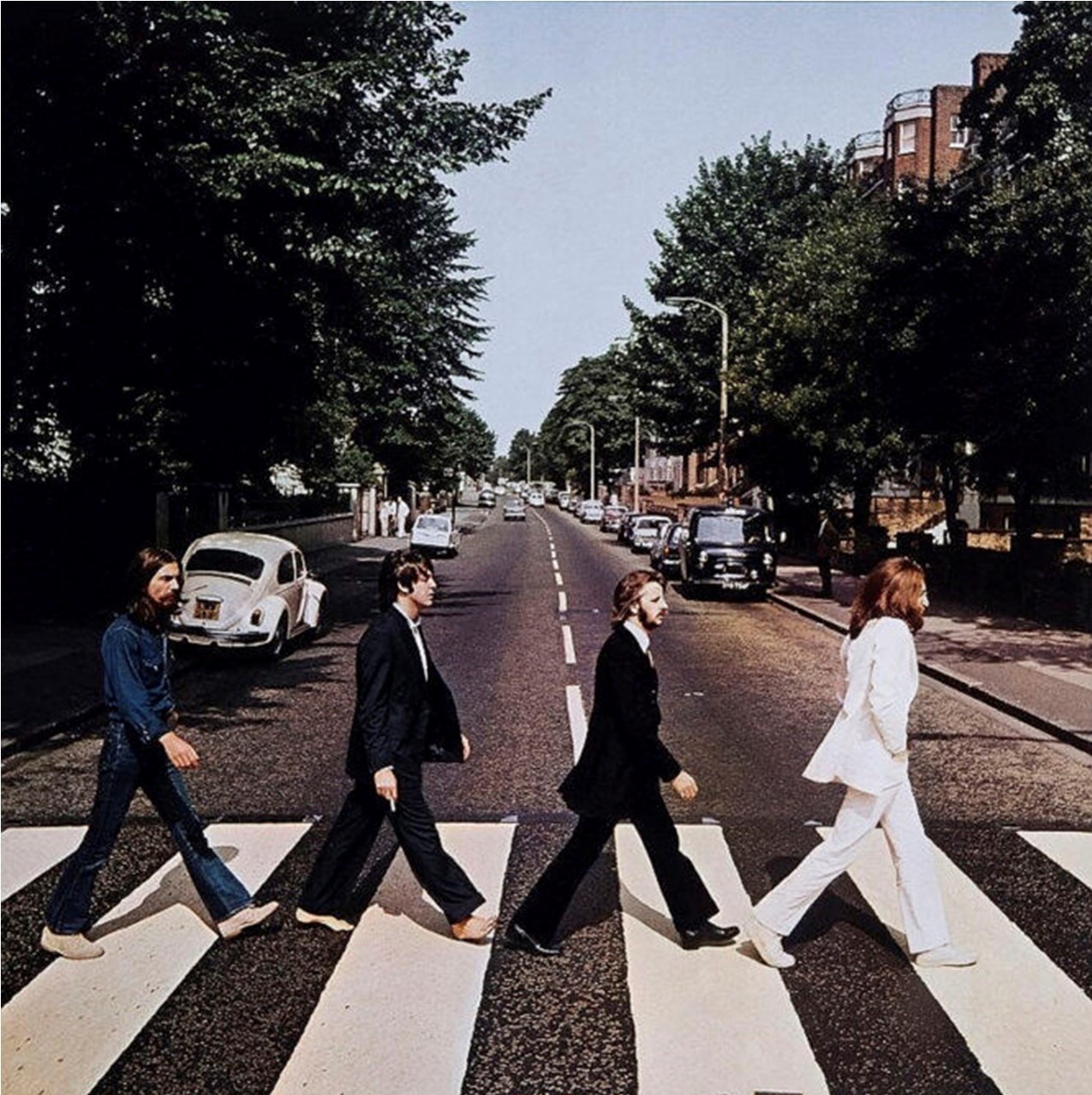
The Beatles Apple Records Creative Director Kosh designed the 11th studio album cover. It is the only original UK Beatles album sleeve to show neither the artist’s name nor the album’s title on its front cover. Kosh's idea was protested by EMI Records who said the record would not sell without this information. He explained that "we didn't need to write the band's name on the cover ...They were the most famous band in the world." The front cover was a photograph of the group walking across Abbey Road, St John’s Wood, London outside EMI Studios. At 11:35AM on 8 August 1969, Photographer Iain Macmillan was given ten minutes to take six photos while he stood on a step-ladder and a bobby held up traffic behind the camera. As it was Paul McCartney’s idea he deciding the 5th image would be used on the album sleeve. The photo selected showed the group walking across the street in single file from left to right, with John Lennon leading, followed by Ringo Starr, McCartney, & George Harrison. McCartney is barefoot & out of step with the others leading to persistent rumors of his death.
